Used in many things, such as cosmetics, animal feed and even packaging, we might have found another use case for algae, as they could help us achieve our climate goals.
According to CNBC, one of the countries doubling down on seaweed growth as a climate helper is the UK, and at the end of April, the country announced the "first dedicated seaweed industry facility".
Also known as the Seaweed Academy, the facility is located in Scotland, more specifically in the town of Oban, and the project was financed by the UK government with 495.300 USD.
Rhianna Rees, seaweed researcher and Seaweed Academy coordinator at SAMS Enterprise, stated that “it’s a lot less industrial than it might come across. When you think of farming you think of big machinery, you think of mechanical harvesting, and that’s not at all what seaweed farming is about.”
Collecting seaweed from the facility is very easy, as “when you want to harvest it, you go in and you get the rope and you pull it into the boat — and that’s basically it”, she explained.
Located in England, the Cornish Seaweed Company has been harvesting seaweed since 2012, and Tim van Berkel, co-founder of the company, said that “they grow on lines suspended in the water, like buoys really.”
Seaweed harvesting is very popular in East and Southeast Asia, since in 2020, a report coming from the Food and Agriculture Organization of the UN stated that seaweed farming is being “dominated by countries in East and Southeast Asia.”
The FAO mentioned that this business generated 14.7 billion USD "in first-sale value” in 2019.
The US is also an important seaweed farming country, as the National Oceanic and Atmospheric Administration stating that there are "dozens of farms" growing seaweeds in the waters of New England, Alaska and the Pacific Northwest.
NOAA mentions an important advantage offered by seaweed farms, stating that “seaweeds are incredibly efficient at sucking up carbon dioxide and using it to grow.”
The global production of algae grew quite significantly, as stated by FAO's report, from 10.6 million tons in 2000, to 32.4 million tons in 2018.
Still, the same report notes that “global production of farmed aquatic algae, dominated by seaweeds, experienced relatively low growth in the most recent years, and even fell by 0.7 percent in 2018."
The World Wildlife Fund warns that there are some issues with the seaweed industry, one of them being the fact that some species of seaweed have become “invasive when grown outside their natural range.”
 Mihai - Cristian Ioniță
Mihai - Cristian Ioniță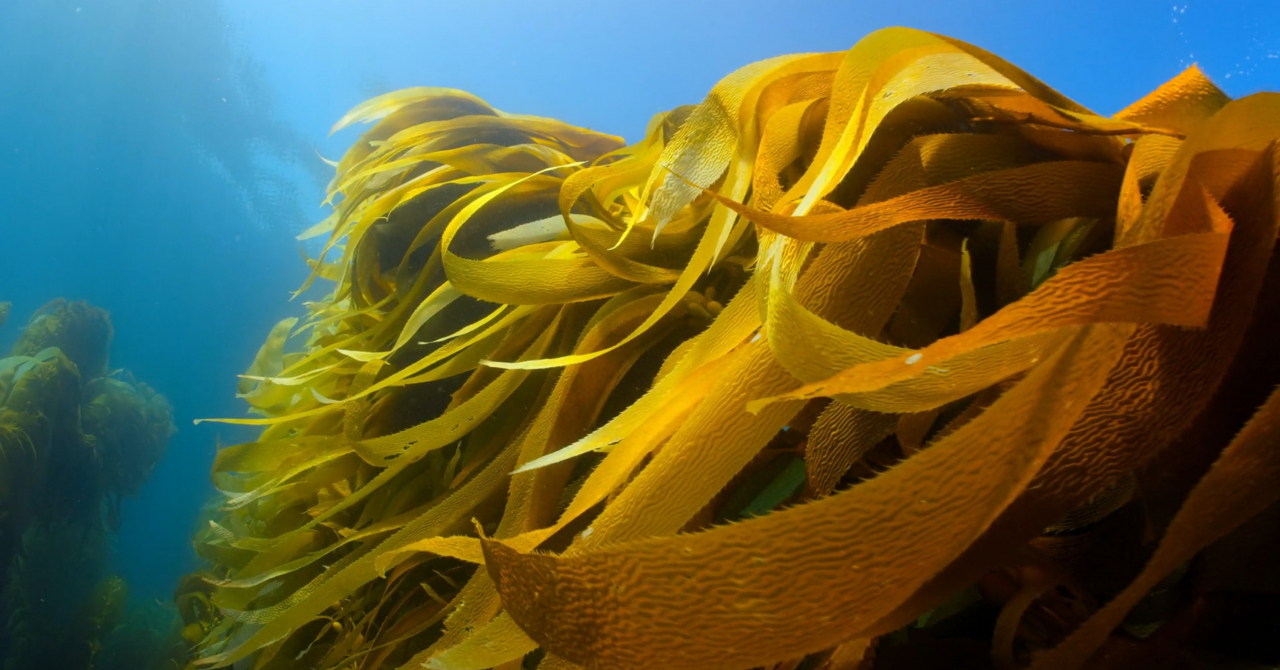


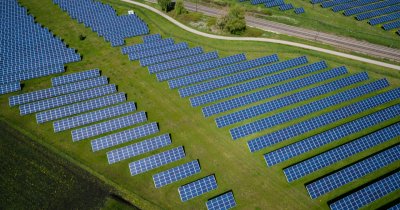

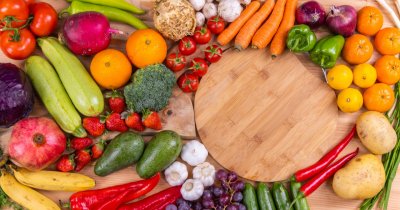

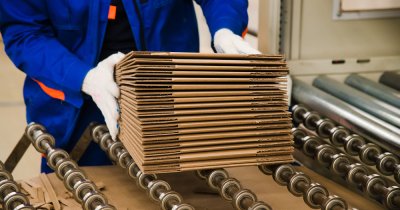




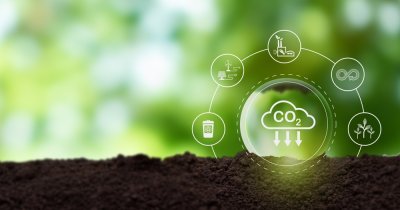
Any thoughts?